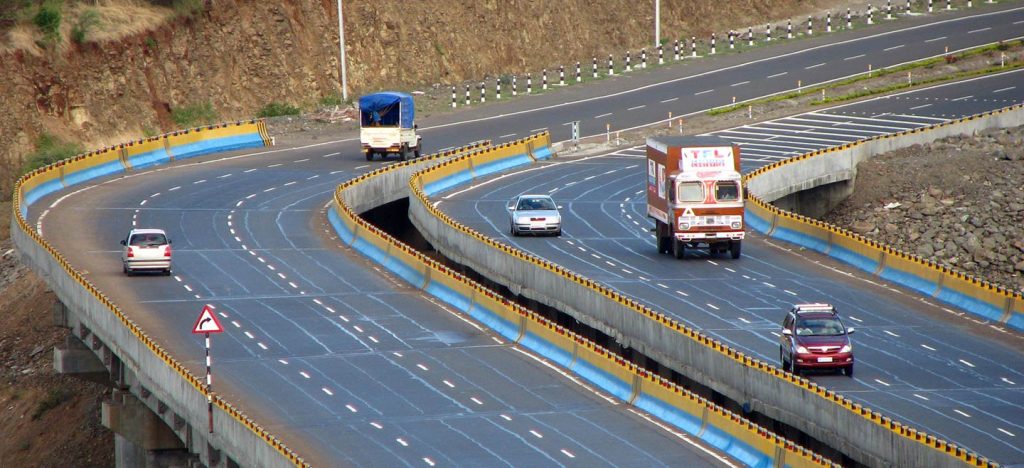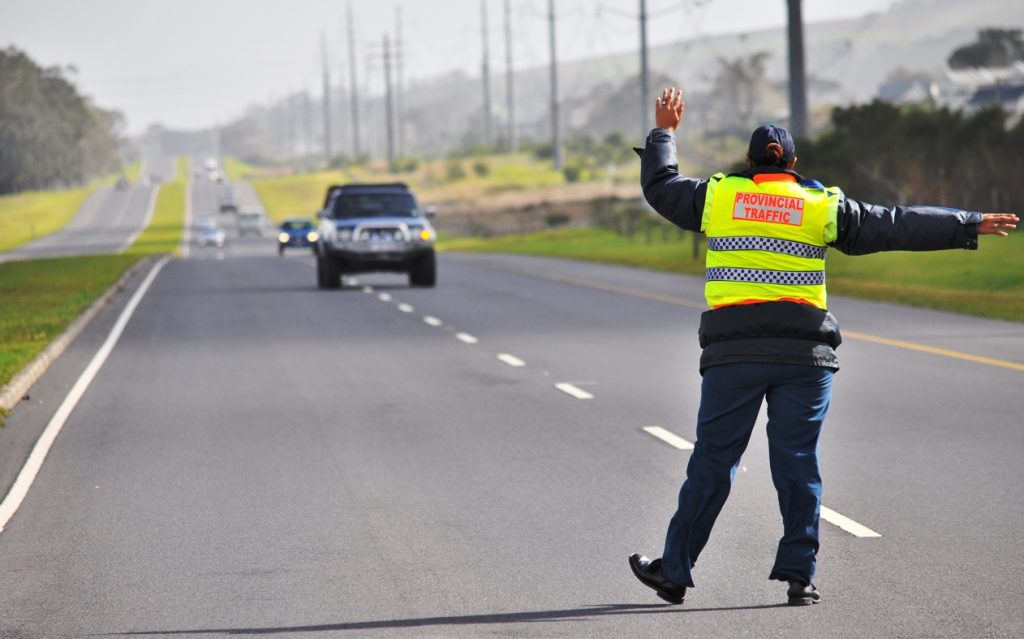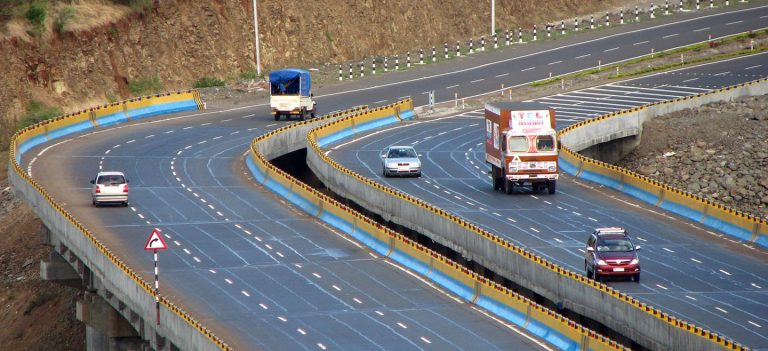
For smooth and safe travel, border crossings need to be quick and easy. Manual checks of paperwork and inaccurate vehicle data across borders are two common reasons for delays at checkpoints. Authorities are using safe digital frameworks that let verified car and driver data be shared in real time to make this better. These methods make things safer, cut down on traffic jams, and help countries trust one another more. The fahreignungsregister is one of the most important pieces of information that these systems use.
Enhanced Data Sharing Across Borders
Maintaining digital vehicle information protocols makes it possible for governments to communicate important data right away. It covers information about the car’s registration status, insurance coverage, emissions, and history of ownership. When data is digitized and made uniform, border guards don’t have to use old databases or paperwork anymore.
Here are some benefits:
- Faster checks of identities and vehicles
- Less chance of human error when checking by hand
- Better at finding fake documents
Sharing real-time data makes border crossings easier, letting both commercial and private vehicles travel more freely while still keeping safety standards.

Role of Driver Fitness Records
In addition to information on the vehicle, secure frameworks also include records about the driver’s fitness and behavior. This is where the fahreignungsregister proves its value—it provides clear information on a driver’s license validity, recorded traffic offenses, and related penalties across regions. Making sure that a motorist is legally able to drive a car helps keep both the roads and the people on them safe.
Some of the main things that were checked are:
- Driving licenses that are valid
- A history of serious traffic violations
- Driver-related restrictions or suspensions
By adding these kinds of checks to digital systems, it is possible to make quick and fair choices at checkpoints.
Boosting Border Efficiency with Technology
Digitizing records for vehicles and drivers cuts down on paperwork and speeds up processing. Border officials can scan a vehicle’s digital ID and have all the information they need in a matter of seconds. This makes it easier for people and commodities to get about, especially in crowded transportation areas.
Advantages of technology:
- Databases in the cloud for scalability
- Encryption that keeps data from leaking
- Alerts that are sent automatically for vehicles that don’t follow the rules
Secure digital frameworks are changing the way border officials handle data about vehicles and drivers. With real-time access, better verification, and cooperation between countries, safety and speed may both be achieved without sacrificing either. These solutions are very important for the future of border operations that are modern, efficient, and safe.






